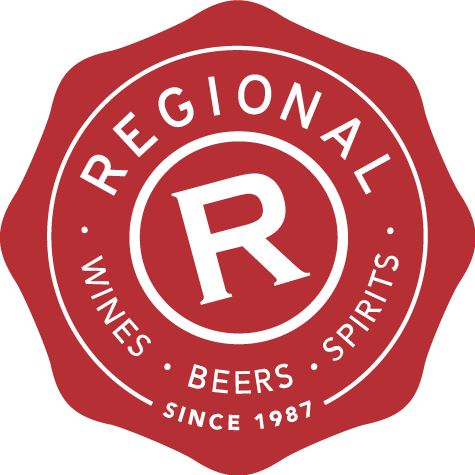Rebel red - one bottle per customer
It was once regarded as a renegade wine, paving a new way forward for the quality of Tuscan vino when it was first released, in 1975. Antinori Tignanello or Tig, as it’s fondly called, is now one of Italy's most collectible wines and has been a trend setter for Super Tuscan wines; made from non traditional Italian grape varieties, often blended with local ones.
Tig was the first Sangiovese known to be aged in French oak barriques and it is now a full bodied, dry red blend of Sangiovese, Cabernet Sauvignon and Cabernet Franc. It's highly structured with complex layers of flavour of red berries, cherries, a hint of mint and earthy aromas.
The first vintage of Tignanello was made in 1975 and it has since paved a path as a defiant Italian vino made with grapes grown on the Santa Cristina vineyard, a 127 hectare site in the Chianti Classico zone, 350 to 450 metres above sea level. So far, so high quality traditional Tuscan wine. It can't wear the label Chianti Classico however as it doesn't comply with the rules to use indigenous grape varieties.
Tig is aged for at least 16 months in barrels, typically a blend of French with a little Hungarian oak also in the mix.
One bottle only per customer - we have five bottles left
2019 Marchesi Antinori Tignanello IGT RRP $204.99
The history of Tignanello
Piero Antinori was the first to pioneer the use of non indigenous grape varieties in a Tuscan red, more specifically using Bordeaux grapes. This was inspired by his uncle Marchese Mario Incisa della Rochetta who had a vineyard at Tenuta San Guido in Bolgheri, and was making a wine using Bordeaux classics, such as Cabernet Sauvignon, Cabernet Franc, Merlot, Malbec, Petit Verdot et al.
This full bodied coastal red was initially made for personal consumption and was released in 1968 as Sassicaia; the big brother of Tignanello.
Piero continued to make unconventional blends of Tuscan reds using the great Italian Sangiovese grape, blending it with Cabernet Sauvignon and Cabernet Franc. Since these grapes are not traditional components of Chianti, the wine is labelled as IGT (Indicazione Geografica Tipica - Italian for being a typical expression of the land) rather than as a DOCG, which is highest quality category of authenticity in Italy. The DOCG classification is the strictest and all bottles made within a defined area from approved grape varieties must also be bottled in that region. The letters stand for Denomination di Origine Controllata Garantita.
Buy here: https://www.regionalwines.co.nz/products/antinori-tignanello-igt-12
